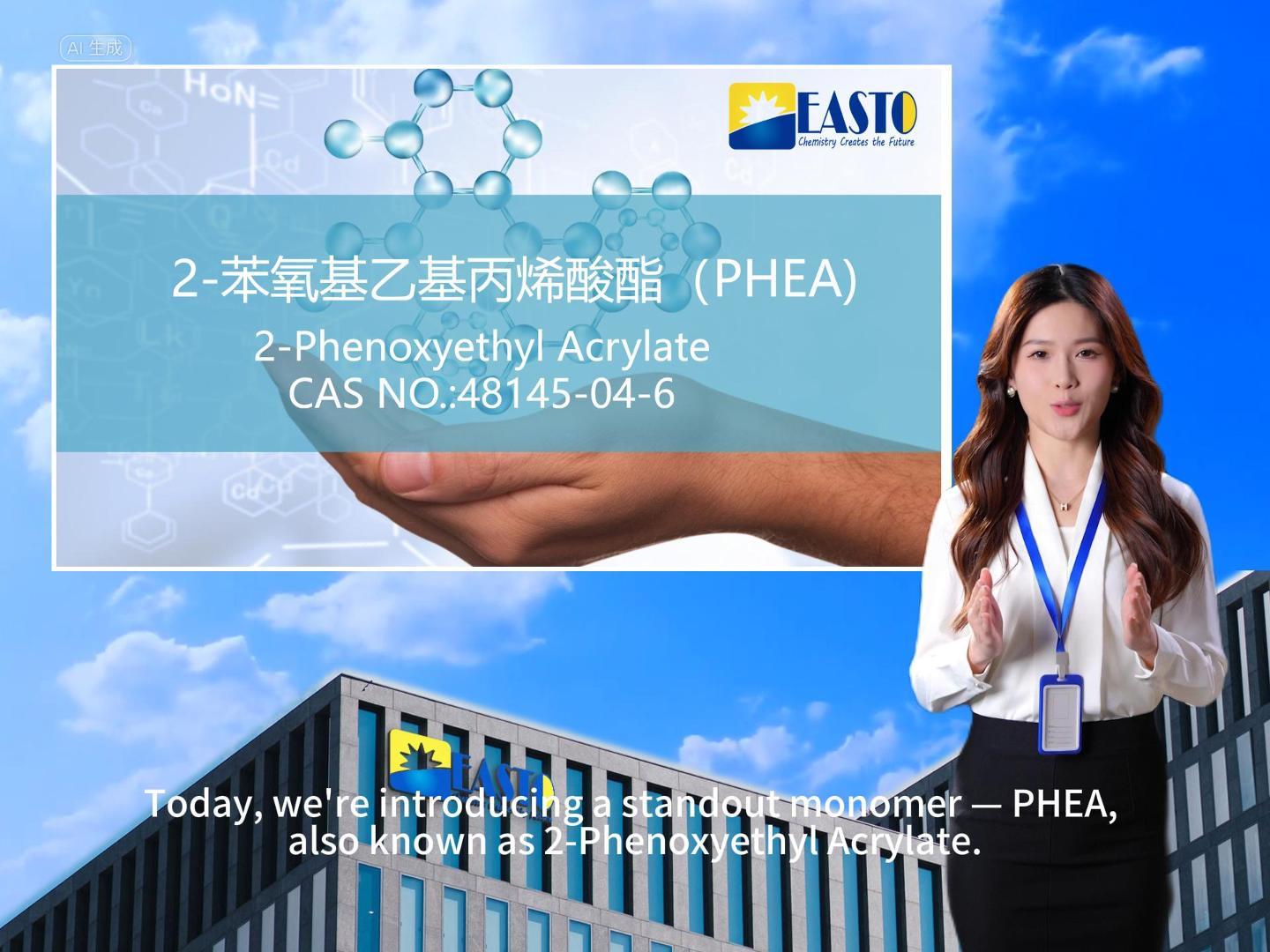Debunking Electron Beam Curing: Addressing Common Misconceptions
Release time:
2025-04-25
Electron beam (EB) curing technology, as an advanced method for materials processing, has emerged in industrial fields in recent years. However, like any emerging technology, EB curing is also accompanied by some common misunderstandings. This article aims to clarify these misconceptions and help readers gain a more comprehensive and accurate understanding of EB curing technology.
Misconception 1: Switching to EB curing requires a complete change of coating methods?
This statement is too general. In fact, whether it is necessary to change the coating method depends on which technology you used before and what the specific application is. EB inks/coatings are often (but not always) more viscous than solvent-based or water-based coatings, which may be one source of misunderstanding. However, EB inks/coatings cover a wide range of viscosities and are designed for specific coating processes, such as EB coatings for flexographic coating and EB inks for inkjet printing.
Although switching to EB curing from traditional processes is relatively simple in many cases, it is not always as straightforward as pouring EB coating into the coater. For example, if a user is accustomed to using solvent-based or water-based coatings for gravure coating, it may be necessary to adjust the size of the anilox roller, because EB coatings do not have solvent evaporation, and the wet coating weight is not equal to the dry coating weight. In addition, the higher viscosity of EB coatings may affect the transfer volume of the anilox roller, and a completely different coating weight may be required to achieve the desired gloss, scratch resistance, and heat resistance. Therefore, users need to realize that some adjustments may be necessary, but it does not mean that it is necessary to replace the gravure coater with equipment such as a slot die coater.
Misconception 2: EB curing must be carried out in a nitrogen environment because oxygen absorbs the electron beam?
This statement is not entirely correct. When accelerated electrons collide with oxygen molecules in the air, energy transfer does occur, a process called inelastic scattering. However, this energy transfer can occur with any atom or molecule, including nitrogen. The real difference between oxygen and nitrogen is that oxygen forms ozone when irradiated by an electron beam, while nitrogen is inert.
To prove that air does not absorb more electron beam energy than pure nitrogen, researchers conducted Monte Carlo simulations under two different atmospheric conditions and three different accelerating voltages. The real reason why nitrogen is commonly used in EB processes is that EB curing inks, coatings, and adhesives commonly used in industry are mainly based on free radical chemistry, and oxygen inhibits free radical reactions. Although this is a well-known phenomenon and is not unique to EB curing, other technologies, such as UV curing, have found other mitigation methods.
Misconception 3: All EB processes require an oxygen concentration of less than 200 ppm?
We should be wary of generalizations. Although it was mentioned earlier that free radical EB curing inks, coatings, and adhesives require a low-oxygen environment during the curing process to achieve acceptable levels of polymerization, the word "all" is too absolute. The industry generally considers an oxygen concentration of less than 200 ppm to be a low-oxygen environment. However, in reality, different formulations have different sensitivities to oxygen. Some can cure well at oxygen concentrations of 500 ppm, while others require oxygen concentrations below 50 ppm for proper curing.
In addition, if the coating, ink, or adhesive is not exposed to the atmosphere, such as in processes like lamination, Cast and Cure™, or cold foil transfer, then the oxygen concentration is irrelevant. Processes that do not rely on free radical chemistry, such as crosslinking and sterilization, do not necessarily require a low-oxygen environment. Although these processes may also lose free radicals due to oxygen inhibition, the impact is usually negligible. Therefore, these processes can often be carried out in the air, and the generated ozone is either exhausted or captured and destroyed in accordance with national and regional regulations.
Conclusion
Correctly understanding the characteristics of EB curing technology and eliminating common misunderstandings can help us better apply this technology and promote the development of related industries.
EB CURING
Latest News
Get a Free Consultancy
NANTONG EASTO MATERIALS TECHNOLOGY CO.,LTD.

No.118,Zhujiang Rd.,Juegang St.,Rudong County,
Nantong City,Jiangsu Province,226400,China




 2025-04-30
2025-04-30







